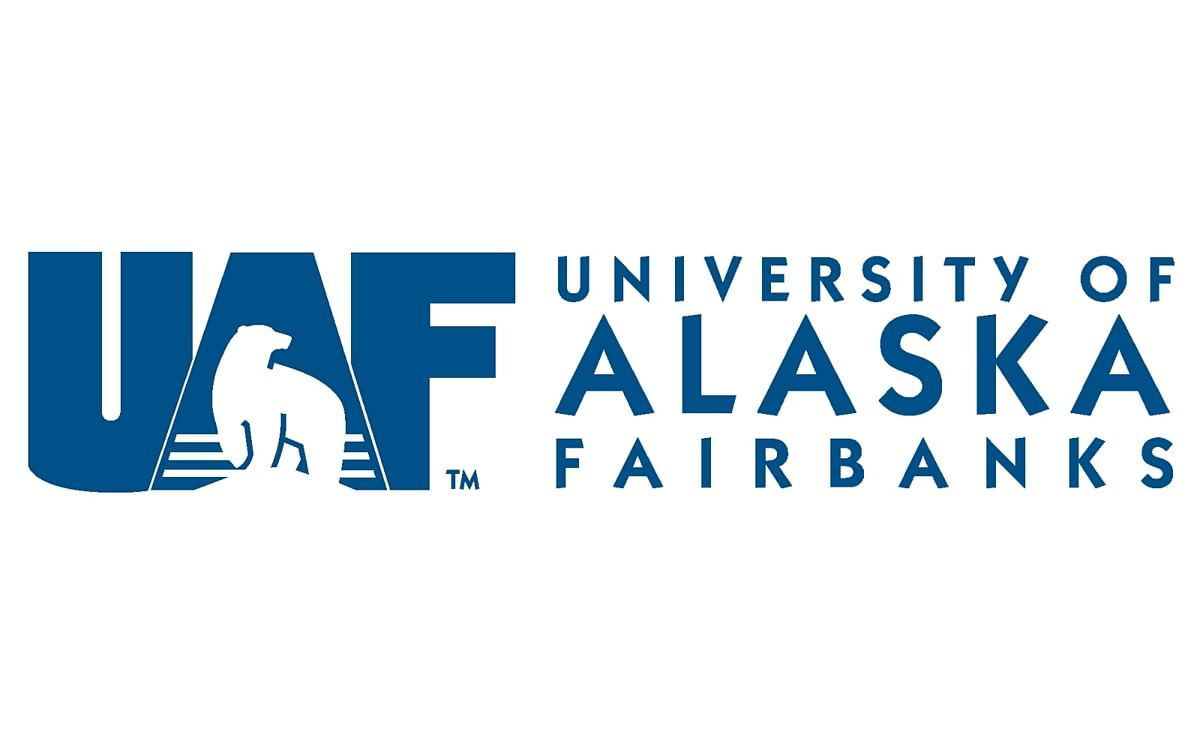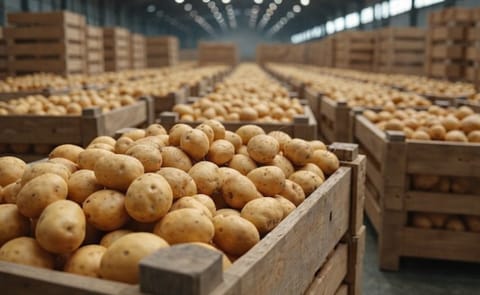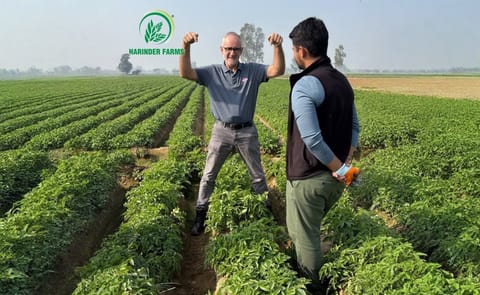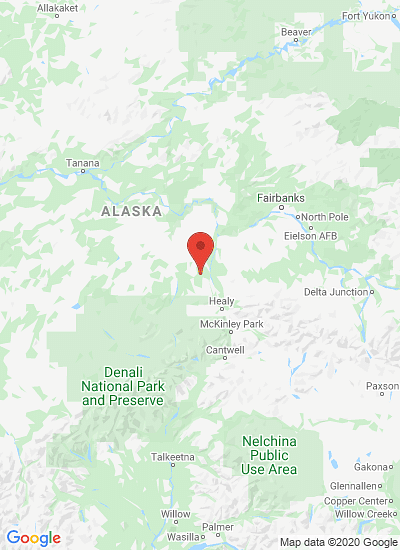Golden birch trees marked the edge of Greg Kalal's fields, but the dentist-turned-farmer was more interested in hues beneath the soil on his land south of Mount McKinley.
Among the thousands of colorful potatoes — from yellow German Butterballs to Magic Mollys with flesh so purple it's nearly black — is a half-row of red potatoes with yellow flesh that University of Alaska Fairbanks researchers believe could become a popular and profitable niche product in a state not known for its agriculture.
University officials are pursuing their first plant patent on the unnamed potato that they hope will earn licensing fees from growers. The potato could serve a niche demand for specialty potatoes, meeting a need for locally grown food and offering revenue to farmers such as Kalal.
Carol Lewis, the university's dean of agriculture sciences, described the development as, "Something that's appealing to the chef, that's appealing to the public, possibly, and hopefully, appealing to a buyer, and then appealing to the grower, that also yields well and performs in general well in our short seasons."
Researchers for more than 100 years have developed grains, grasses, berries and vegetables that could thrive in Alaska, starting with federal experimental farms in territorial days. One such farm in 1915 provided land for what became the University of Alaska.
In a state far from the food supply chain, the farms contributed to the "grow local"movement long before its recent popularity.
Potatoes were a natural fit for the state. Gold miners wanted them because they could be stored, said state agronomist Bill Campbell, a potato expert.
"If you're just trying to subsist somewhere, you throw out 50 feet, 100 feet, of potatoes. You've got a stash for the winter, if you can keep them from freezing,"he said. "Potatoes and milk is a complete food, so if you have yourself a goat or a cow and a batch of potatoes, you can survive."
Potatoes are especially valuable in villages off the road system, offering a nutritious food that carries the added attraction of being distasteful to moose.
Although potato ranks as Alaska's No. 1 vegetable crop, filling grocery store shelves and bins at farmers markets, the state still ranks last nationally in potato production. Alaska farmers in 2010 planted 750 acres with a harvest valued at $3.5 million, more than all other vegetable crops combined.
University of Alaska pursuing first plant patent for potato variety

¿Te gustaría recibir noticias como esta por correo electrónico? ¡Únete y suscríbete!
Get the latest potato industry news straight to your WhatsApp. Join the PotatoPro WhatsApp Community!
Empresa Destacada
Contenido Patrocinado
Contenido Patrocinado
Contenido Patrocinado
Contenido Patrocinado










